Earth has long fascinated scientists, especially its inner layers, which remain mostly unexplored. Recently, a team of researchers drilled an unprecedented 1,268 meters (4,160 feet) into Earth’s mantle, the deepest ever reached. This record-breaking drilling took place in the volcanically active mid-Atlantic ridge, on the ocean floor, providing scientists a rare opportunity to study the previously inaccessible layer beneath the crust. The groundbreaking findings from this expedition have been published in the journal Science, according to IFL Science.

Led by Professor Johan Lissenberg from Cardiff University’s School of Earth and Environmental Sciences, the experiment was conducted using an ocean-drilling vessel, JOIDES Resolution. While the attempts started as early as the 1960s, experts were finally able to recover rocks to understand the mantle’s history. “Our study begins to look at the composition of the mantle by documenting the mineralogy of the recovered rocks, as well as their chemical makeup,” Professor Lissenburg said, per a news release. He added that the findings were not just a record-breaking achievement but a profound source for further exploration. “Its value is in what the cores of mantle rocks could tell us about the makeup and evolution of our planet,” he remarked.
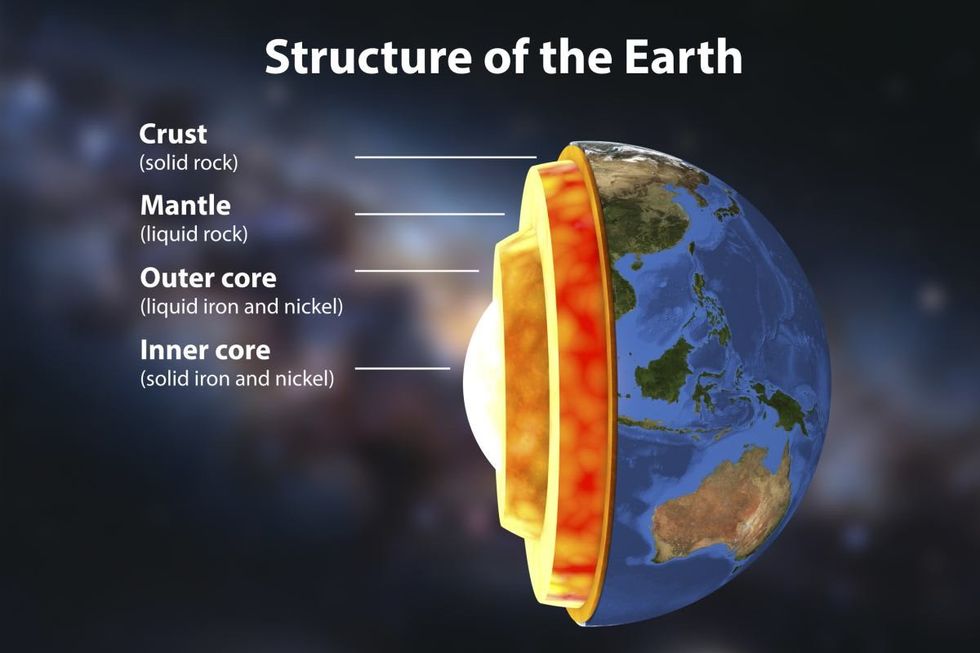
The findings from the drilling were quite different from what researchers had predicted. “Our results differ from what we expected. There is a lot less of the mineral pyroxene in the rocks, and the rocks have very high concentrations of magnesium, both of which result from much higher amounts of melting than what we would have predicted,” the professor highlighted. Going beyond the composition of the rocks and their changes over many years, there was also an understanding of how the rocks in the mantle melted over the years.
“We also found channels through which melt was transported through the mantle, and so we can track the fate of magma after it is formed and travels upwards to the Earth’s surface,” Lissenburg explained. He added that this tracking can help provide insight into what feeds volcanoes, especially the ones on the surface of the Earth. “Having access to these mantle rocks will allow us to make the connection between the volcanoes and the ultimate source of their magma,” he pointed out. Dr Susan Q Lang, an associate scientist in Geology and Geophysics, said that the rocks found in the mantle closely resembled rocks present on the early Earth. Both seemed different from the rocks that today’s continents are composed of.
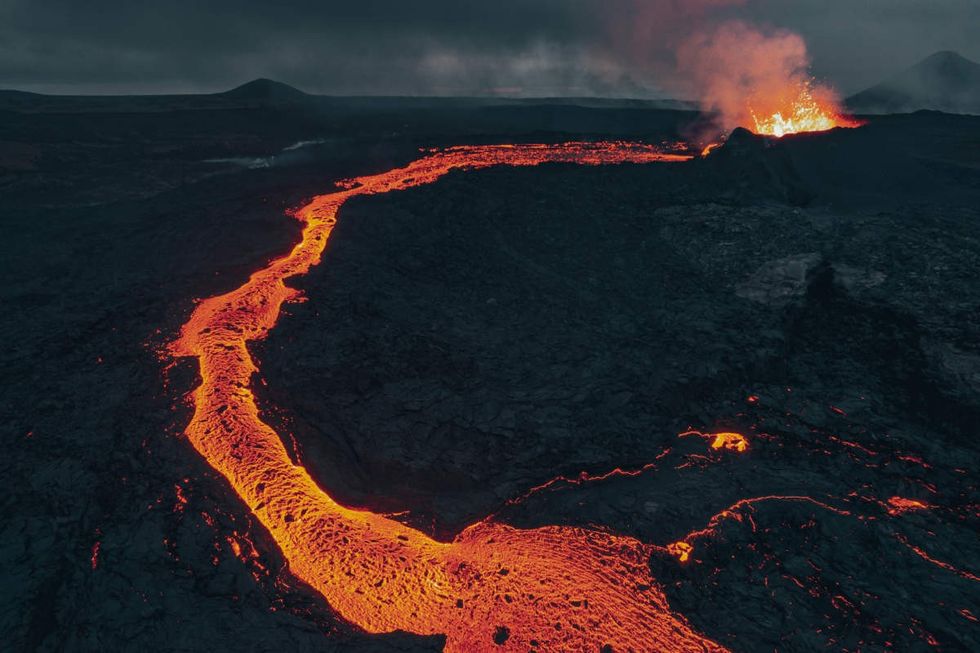
These findings offer researchers a glimpse into what Earth's composition looked like millions of years ago. “Analyzing them gives us a critical view into the chemical and physical environments that would have been present early in Earth’s history and that could have provided a consistent source of fuel and favorable conditions over geologically long timeframes to have hosted the earliest forms of life,” Lang explained. 30 scientists who took part in the discovery are proud of their ground-breaking achievement and are hoping to open up several avenues for future study.



















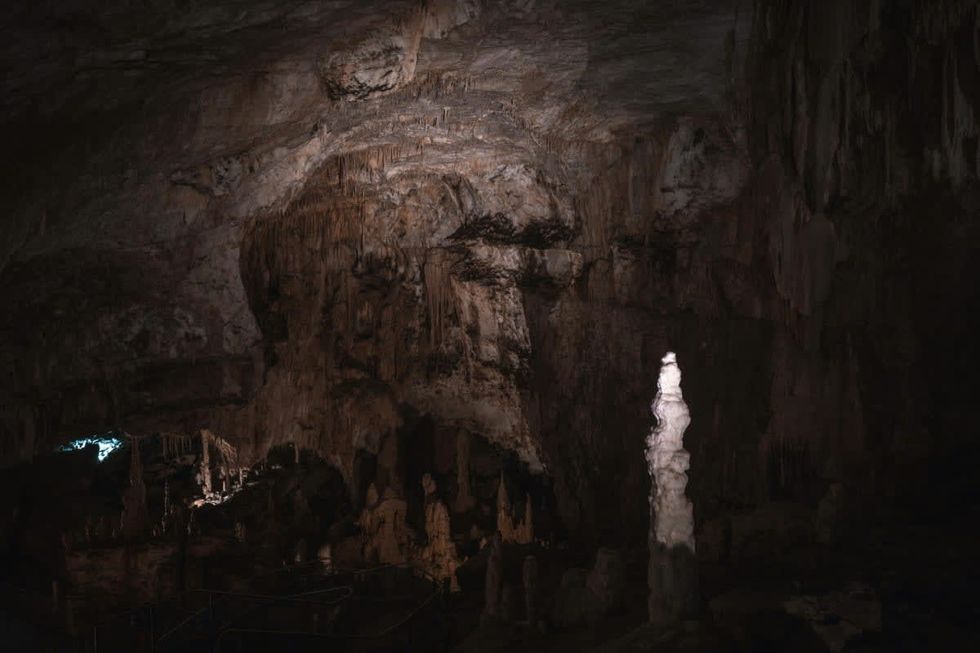 Representative Image Source: Pexels | francesco ungaro
Representative Image Source: Pexels | francesco ungaro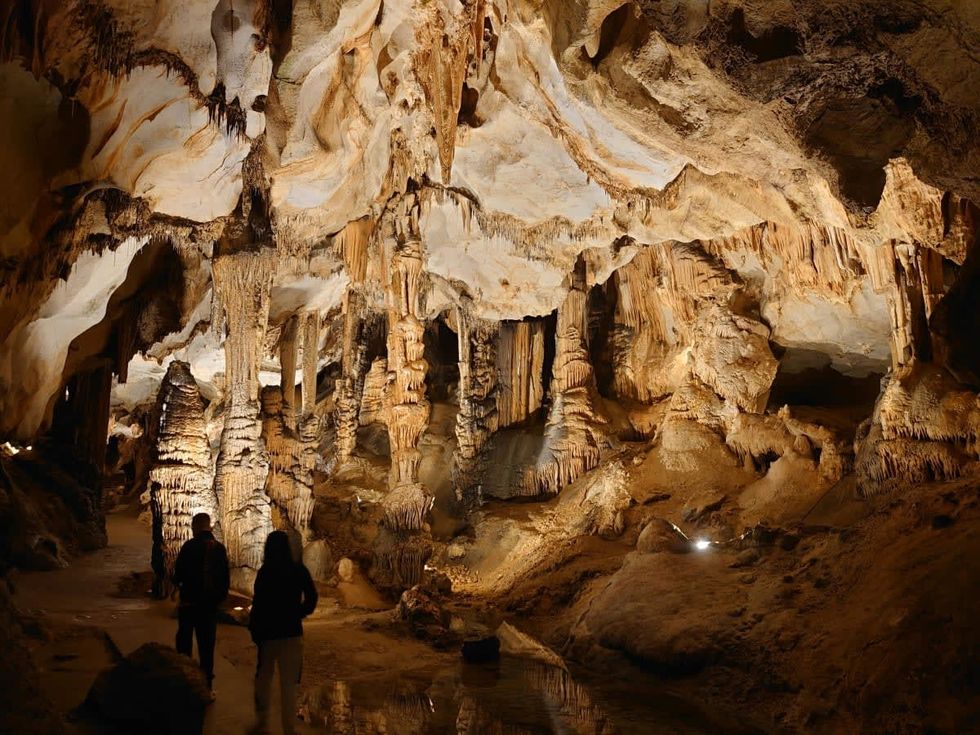 Representative Image Source: Pexels | parfait fongang
Representative Image Source: Pexels | parfait fongang Image Source: YouTube |
Image Source: YouTube |  Image Source: YouTube |
Image Source: YouTube |  Image Source: YouTube |
Image Source: YouTube | 
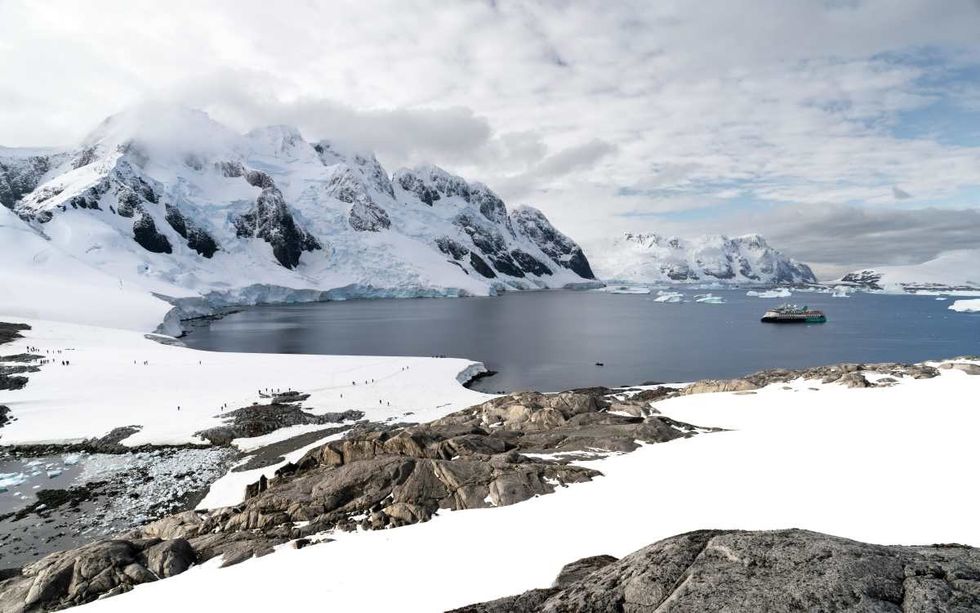 Representative Image Source: Pexels | Hugo Sykes
Representative Image Source: Pexels | Hugo Sykes Representative Image Source: Sectional view of the Earth, showing central fire and underground canals linked to oceans, 1665. From Mundus Subterraneous by Athanasius Kircher. (Photo by Oxford Science Archive/Print Collector/Getty Images)
Representative Image Source: Sectional view of the Earth, showing central fire and underground canals linked to oceans, 1665. From Mundus Subterraneous by Athanasius Kircher. (Photo by Oxford Science Archive/Print Collector/Getty Images) Representative Image Source: Pexels | NASA
Representative Image Source: Pexels | NASA




 Representative Image Source: Pexels | Steve Johnson
Representative Image Source: Pexels | Steve Johnson Representative Image Source: Pexels | RDNE Stock Project
Representative Image Source: Pexels | RDNE Stock Project Representative Image Source: Pexels | Mali Maeder
Representative Image Source: Pexels | Mali Maeder
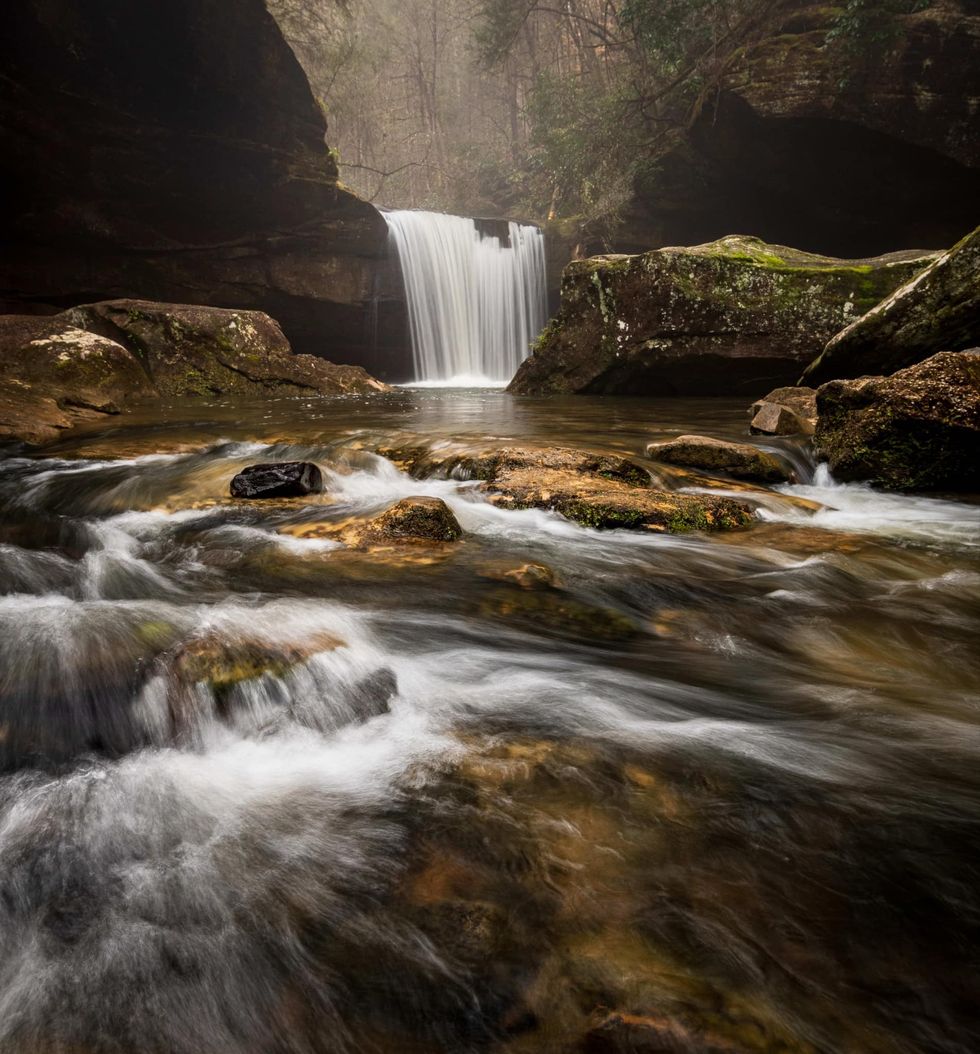 Photo: Craig Mack
Photo: Craig Mack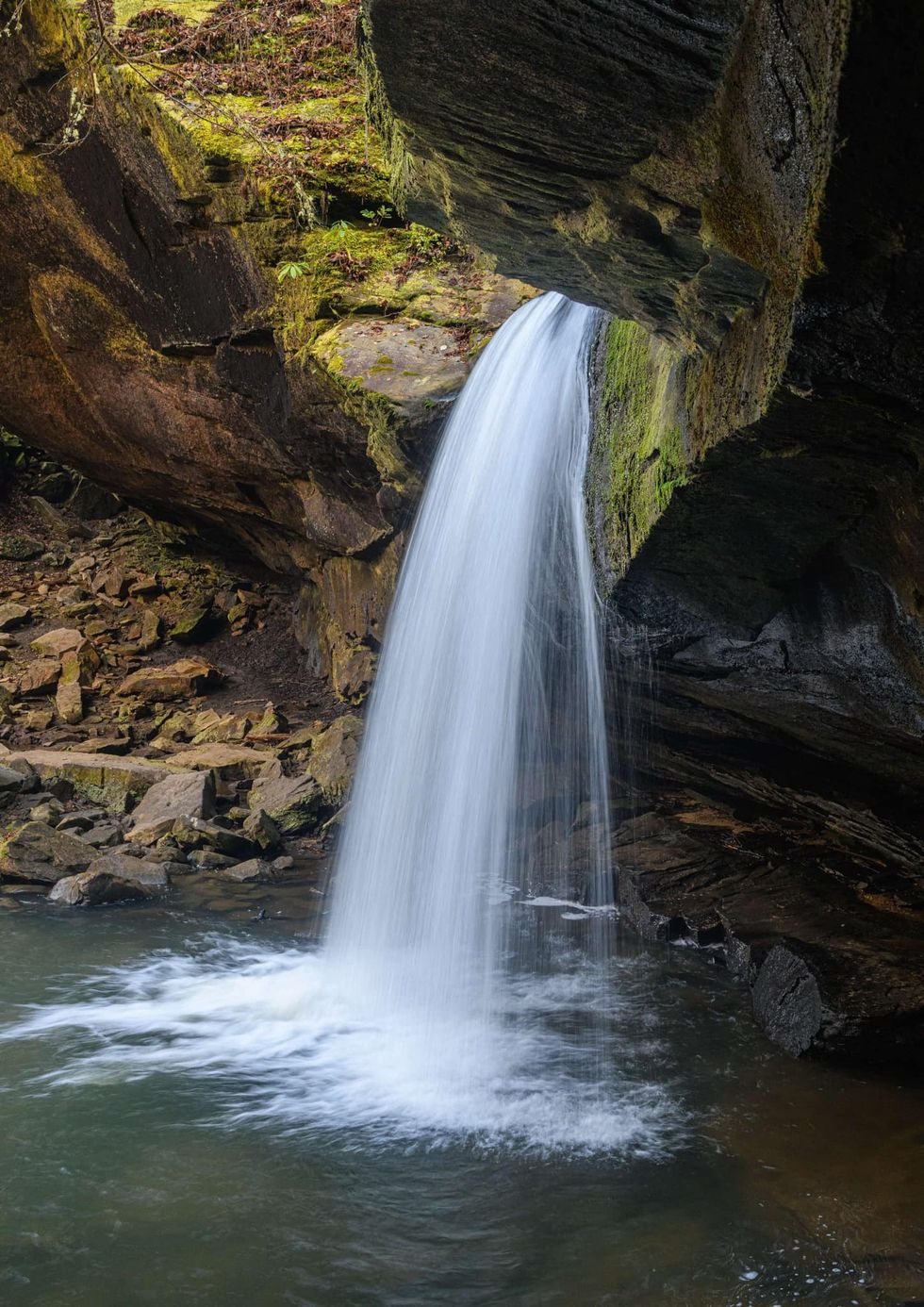 Photo: Craig Mack
Photo: Craig Mack
 Representative Image Source: Pexels | Kellie Churchman
Representative Image Source: Pexels | Kellie Churchman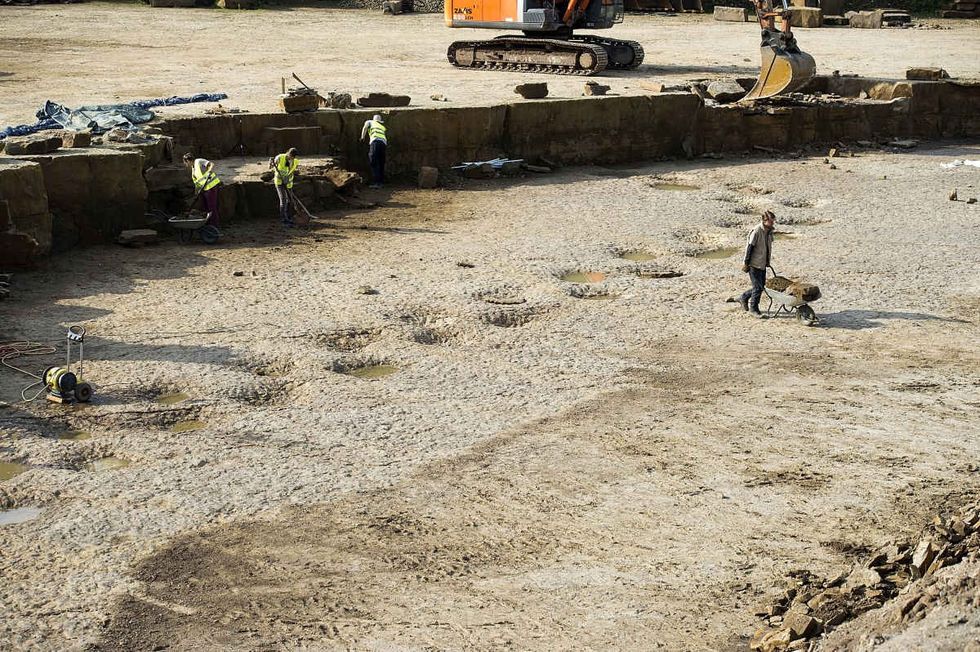 Representative Image Source: Footprints of a long-neck dinosaur (Diplodocus), found in a quarry in Germany. (Photo by Alexander Koerner/Getty Images)
Representative Image Source: Footprints of a long-neck dinosaur (Diplodocus), found in a quarry in Germany. (Photo by Alexander Koerner/Getty Images)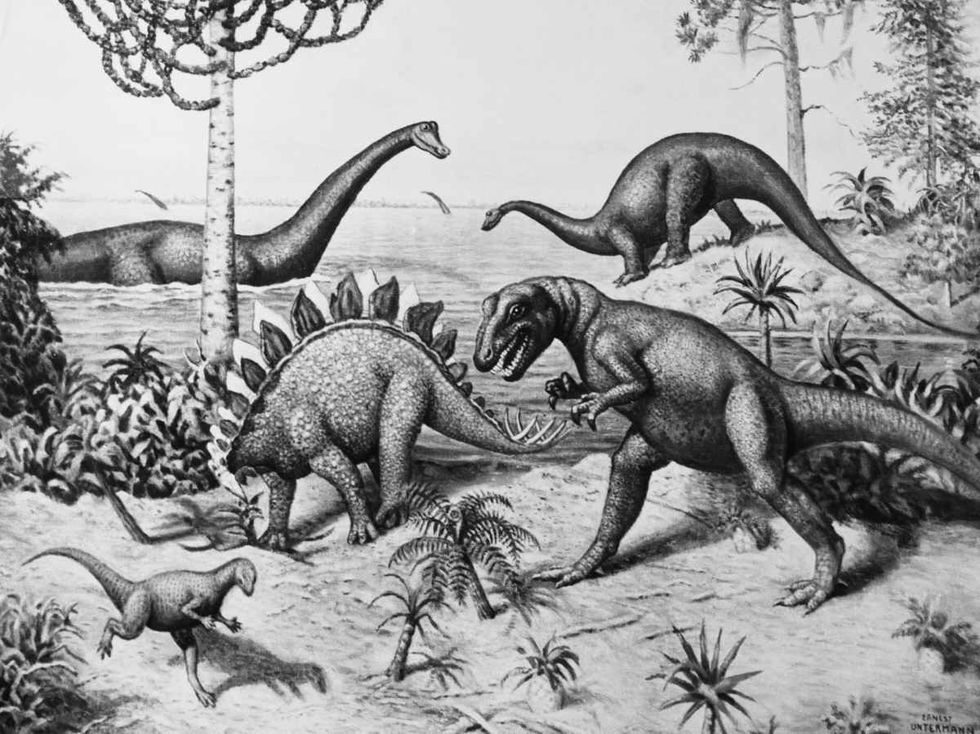 Representative Image Source: Painting from a series by Ernest Untermann in the museum at Dinosaur National Monument, Utah.
Representative Image Source: Painting from a series by Ernest Untermann in the museum at Dinosaur National Monument, Utah.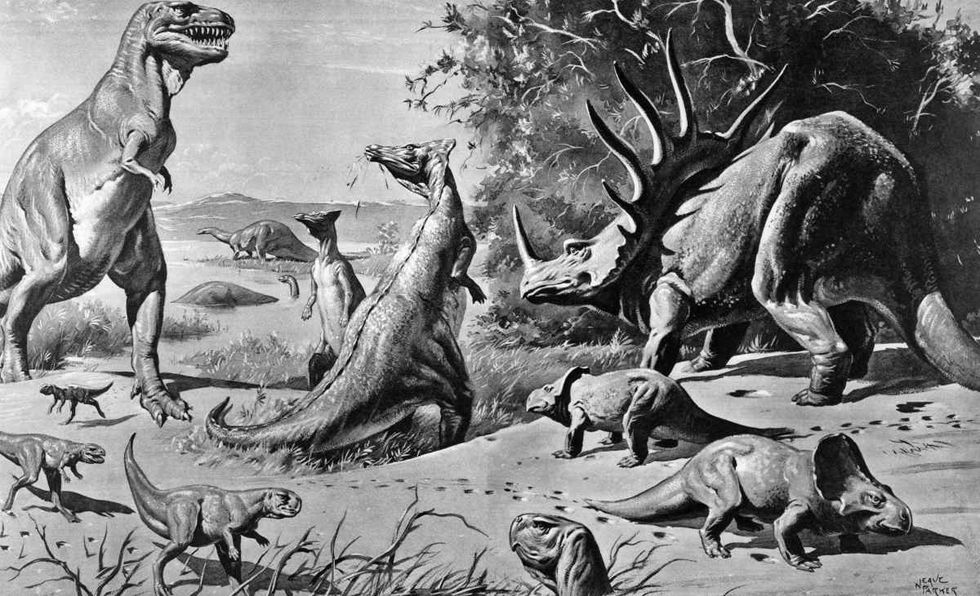 Representative Image Source: VARIOUS DINOSAURS IN GOBI DESERT. (Photo by H. Armstrong Roberts/ClassicStock/Getty Images)
Representative Image Source: VARIOUS DINOSAURS IN GOBI DESERT. (Photo by H. Armstrong Roberts/ClassicStock/Getty Images)